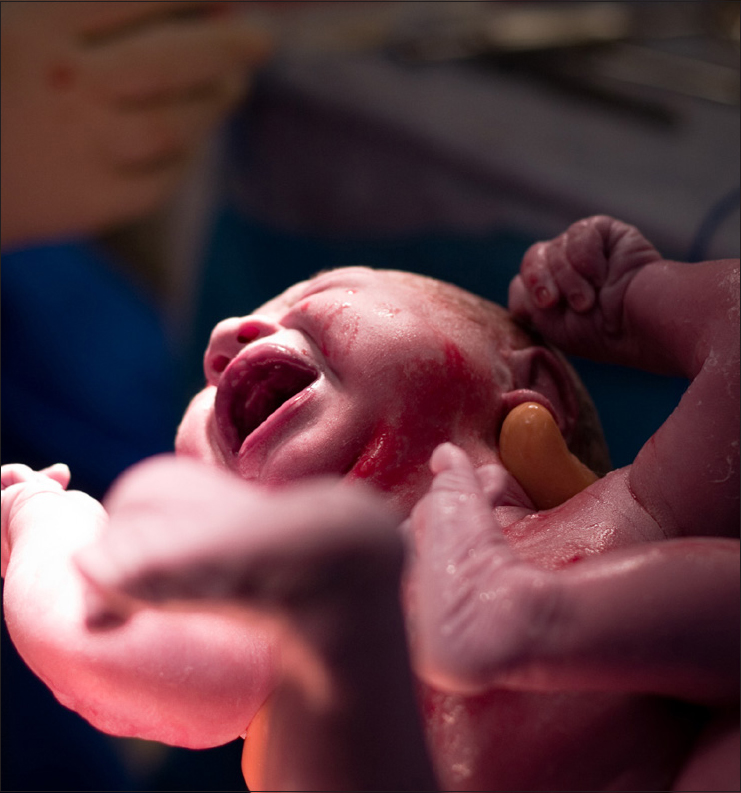In response to the article ‘Management of shoulder dystocia using the HELPERR mnemonic’ (2017), BJM, 25(4): 240-244, by Mary Huntley and Janice Dickson Smith, I would like to acknowledge the effort they have put into this publication and the significant value that any discussion on a subject as important as shoulder dystocia, has for our profession. However, as the chair of Advanced Life Support in Obstetrics (ALSO), I would like to expound further on the application of the HELPERR mnemonic as taught on ALSO (UK) provider programmes.
The value of the McRoberts manoeuvre is well-documented. Laying the mother flat on the bed with one pillow, as is initially well-described by Huntley and Dickson Smith in their article, is a good starting point for the manoeuvre. However, the manoeuvre itself is a simple hyperflexion of the maternal legs onto the woman's abdomen, and they naturally abduct because of the pregnant uterus. It is not bringing her knees towards her ears. If this is attempted, it will lift the maternal pelvis off the bed and not only be extremely uncomfortable for the woman, but may possibly frustrate the management and delivery of the impacted shoulder (Lewis, 2014).
While the mnemonic largely follows ALSO (UK) teaching, there is a significant omission in the section on the Reverse Woods' Screw manoeuvre. What is written is correct but incomplete. ALSO's teaching goes beyond moving the baby into the oblique where it may or may not deliver. If movement of the shoulders or the head is seen or felt, the clinician should always try to deliver the baby. If, after gentle axial traction, the shoulder fails to deliver, the reverse Woods' Screw continues, seeking to bring the posterior shoulder anterior. As part of this ‘Løvset's type manoeuvre’ the clinician may have to change hands to gain maximum effect and suitable pressure, as the posterior shoulder is rotated anteriorly and then released below the symphysis pubis.

In a similar manner, rolling the woman on to all fours, known as the Gaskin manoeuvre, is also described by ALSO as a knee-chest position. This simultaneously mimics the McRoberts manoeuvre and hopefully helps to disimpact the anterior fetal shoulder. If this occurs, and the woman is in an all-fours, knee-chest position, gentle axial traction should be applied in an upward direction. If this fails to deliver the shoulder, then gentle downward traction may be used to try to bring what was the posterior shoulder down into the curve of the sacrum, providing space for the anterior shoulder to move and hopefully disimpact and deliver (ALSO UK).
It is interesting to note the inclusion of a study by Jan et al in 2014, titled ‘Evaluation of healthcare professionals understanding of eponymous maneuvers and mnemonics in emergency obstetric care provision’.
They found that 90.2% of participants knew the HELPERR mnemonic and were familiar with it, and 78.6% used it in practice. However, of those who said that they used it in practice, only 31.8% could correctly complete the whole mnemonic and there was a progressive deterioration in recall of the correct word representing each letter of the mnemonic (Jan et al, 2014).
At no time in this research study were respondents asked if they had attended and/or successfully completed an ALSO course. On such courses, this mnemonic is always taught in the context of a clinical situation and assessment takes place to evaluate both the skills and knowledge of all course participants. All of which may make accurate recall of the mnemonic and what it stands for more likely, enabling safer application of its intended objectives to safely and effectively manage a shoulder dystocia.
On behalf of ALSO UK's Executive Board of Trustees, I would reiterate that we strongly support the use, application and dissemination of our teachings and mnemonics in clinical practice and in educational settings where appropriate. In keeping with the legal position, this should be fully acknowledged and fully referenced with respect to the AAFP and ALSO (UK).
